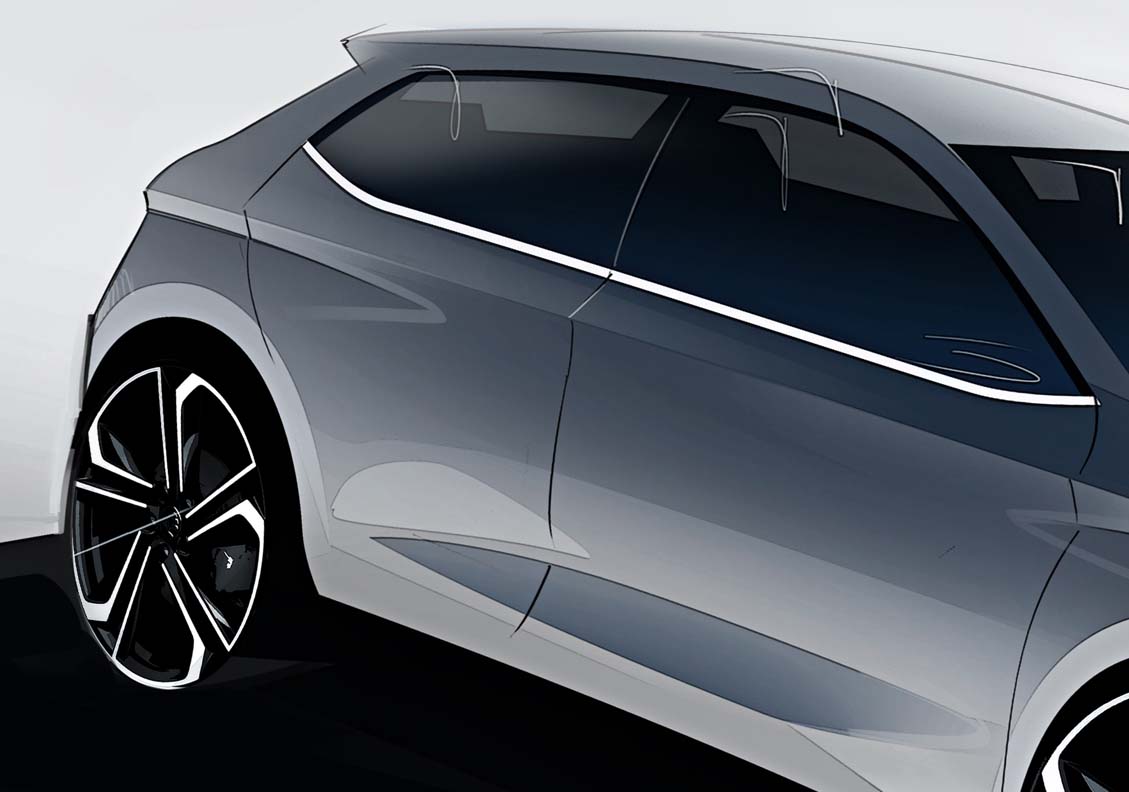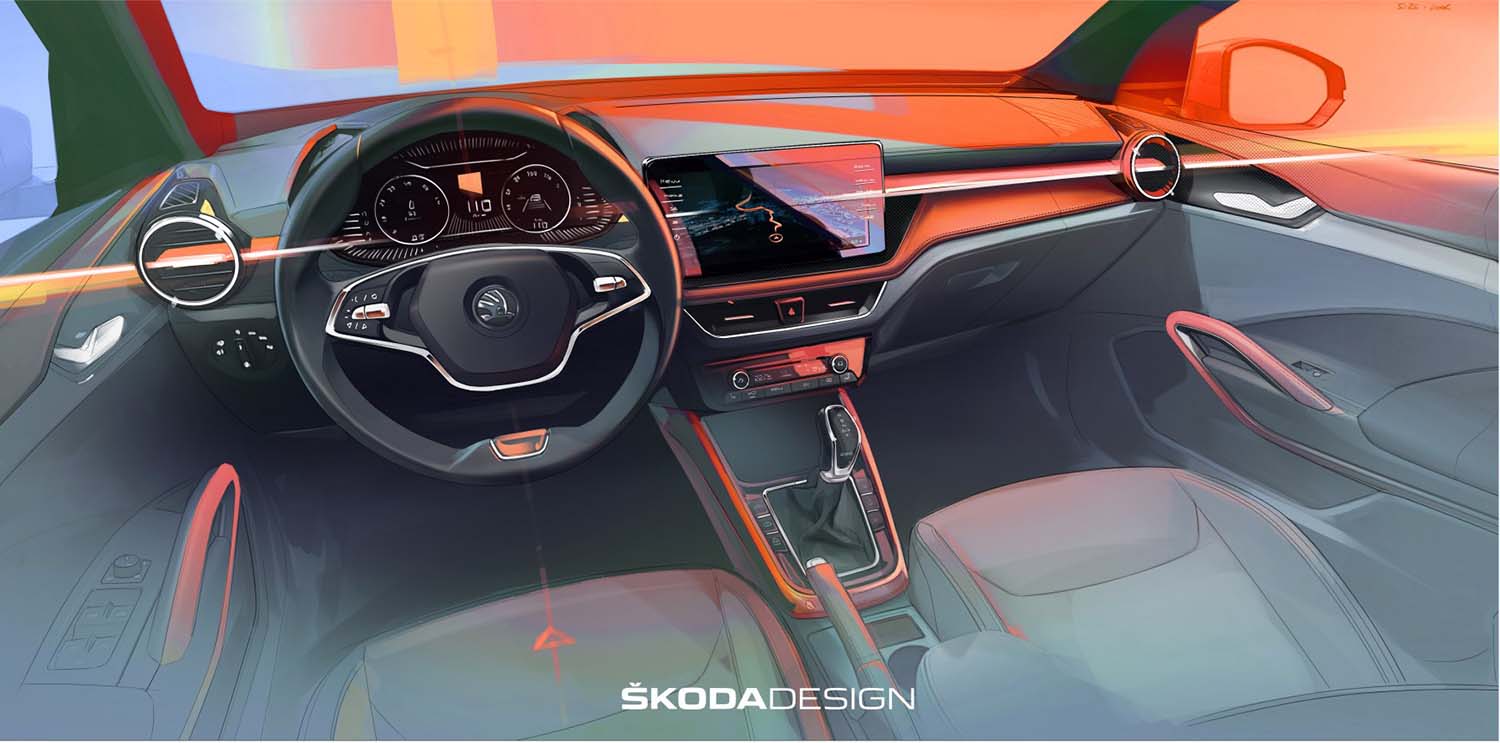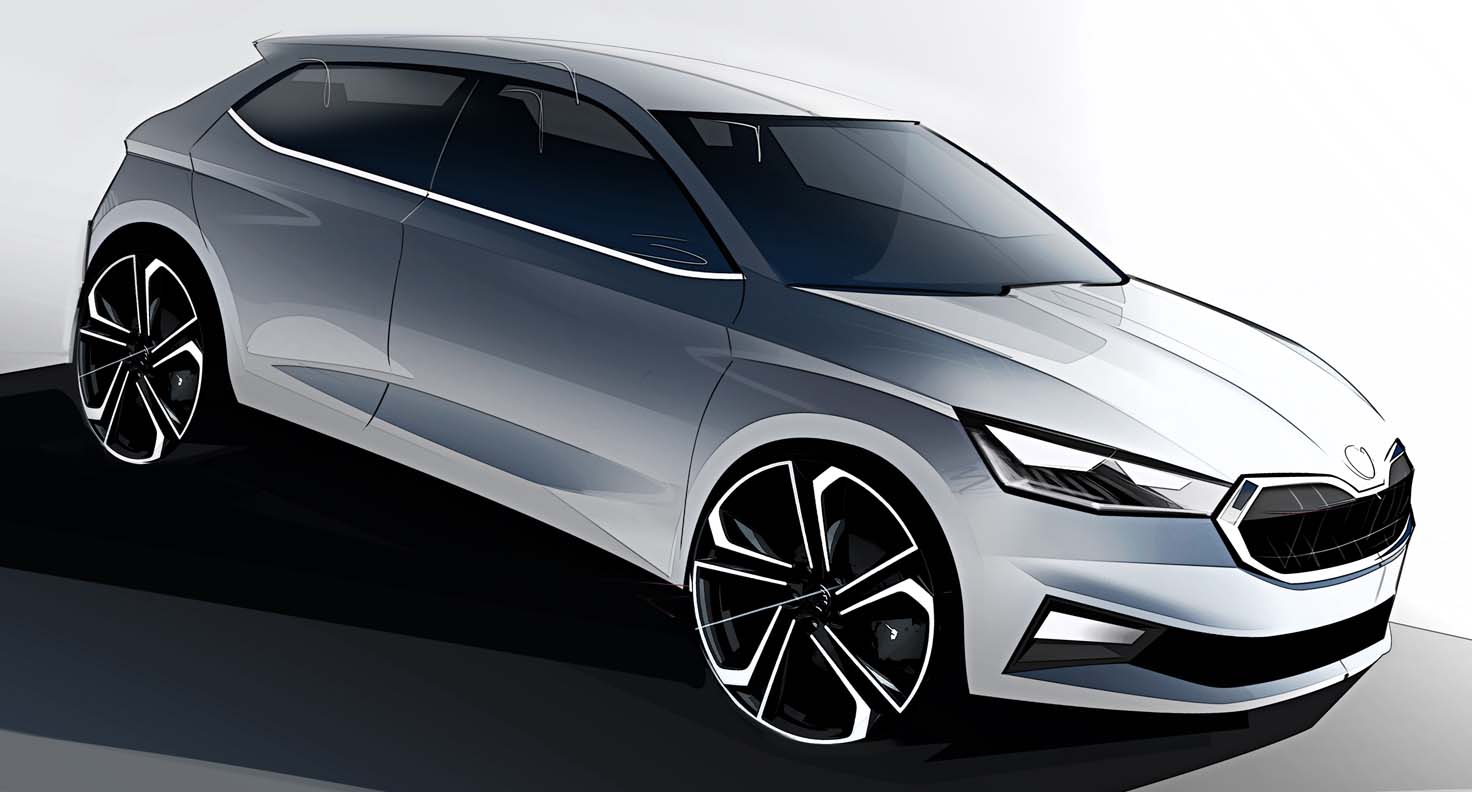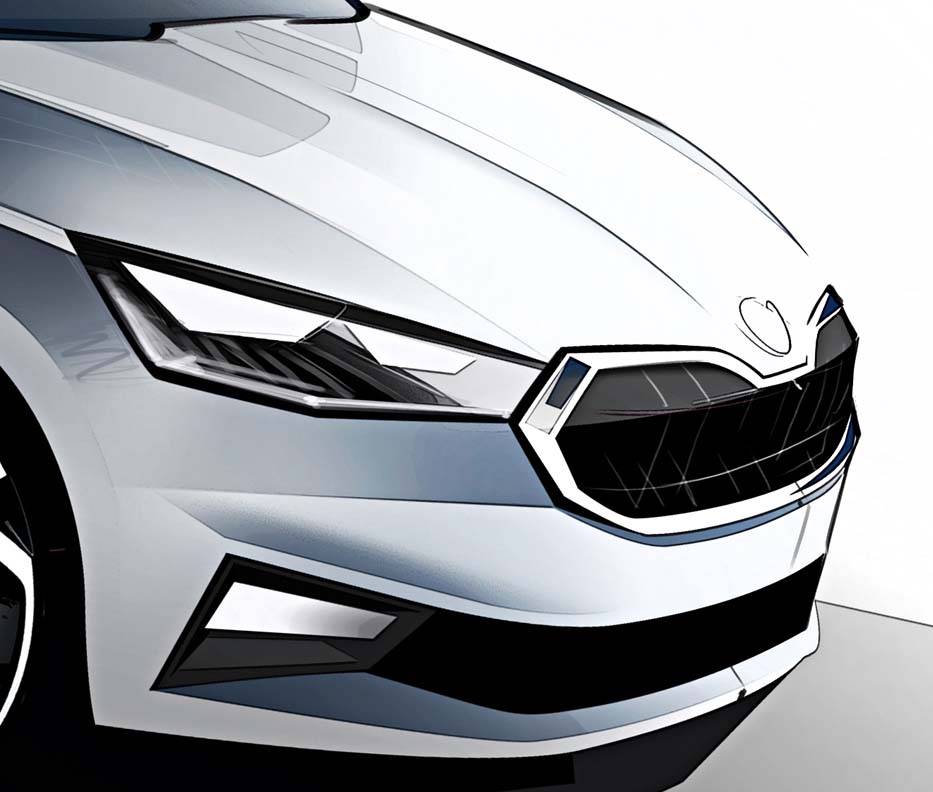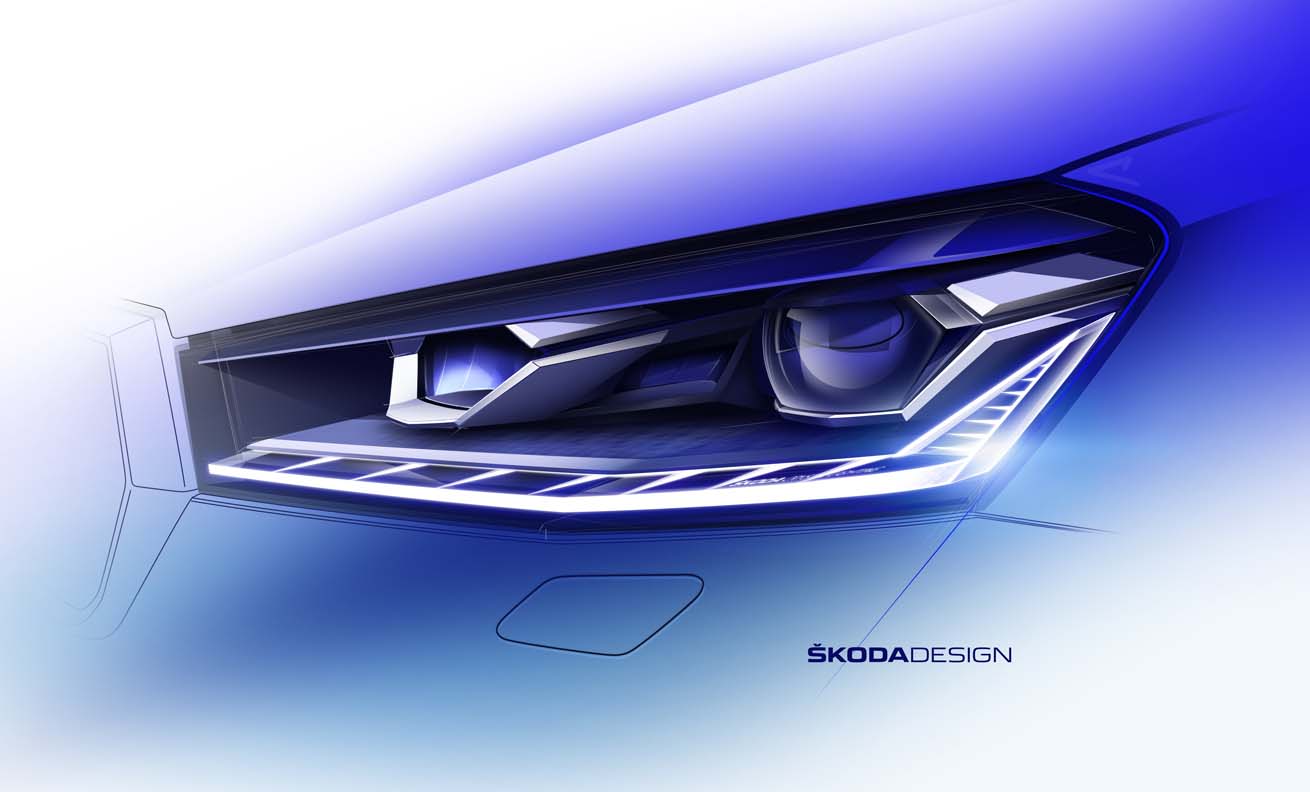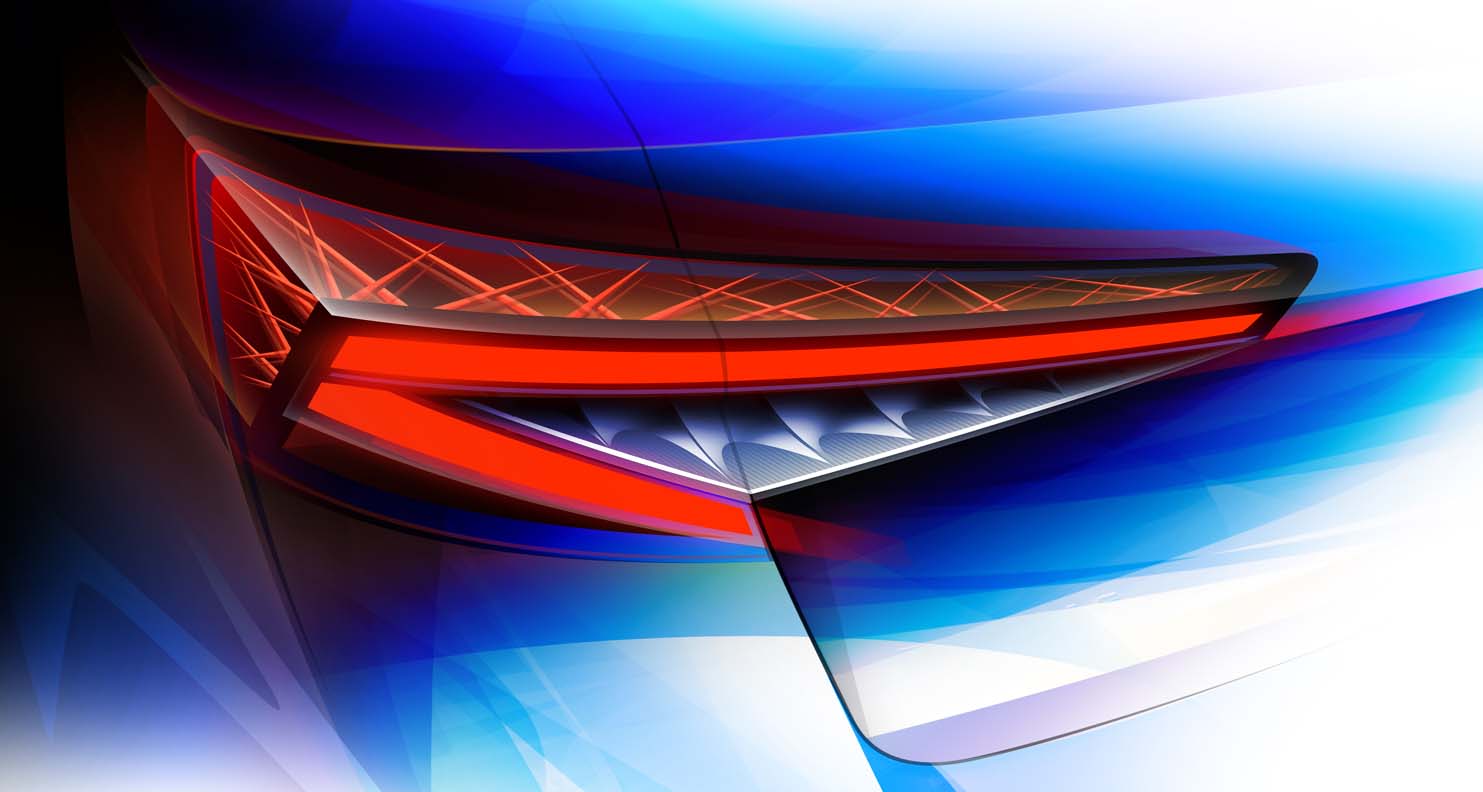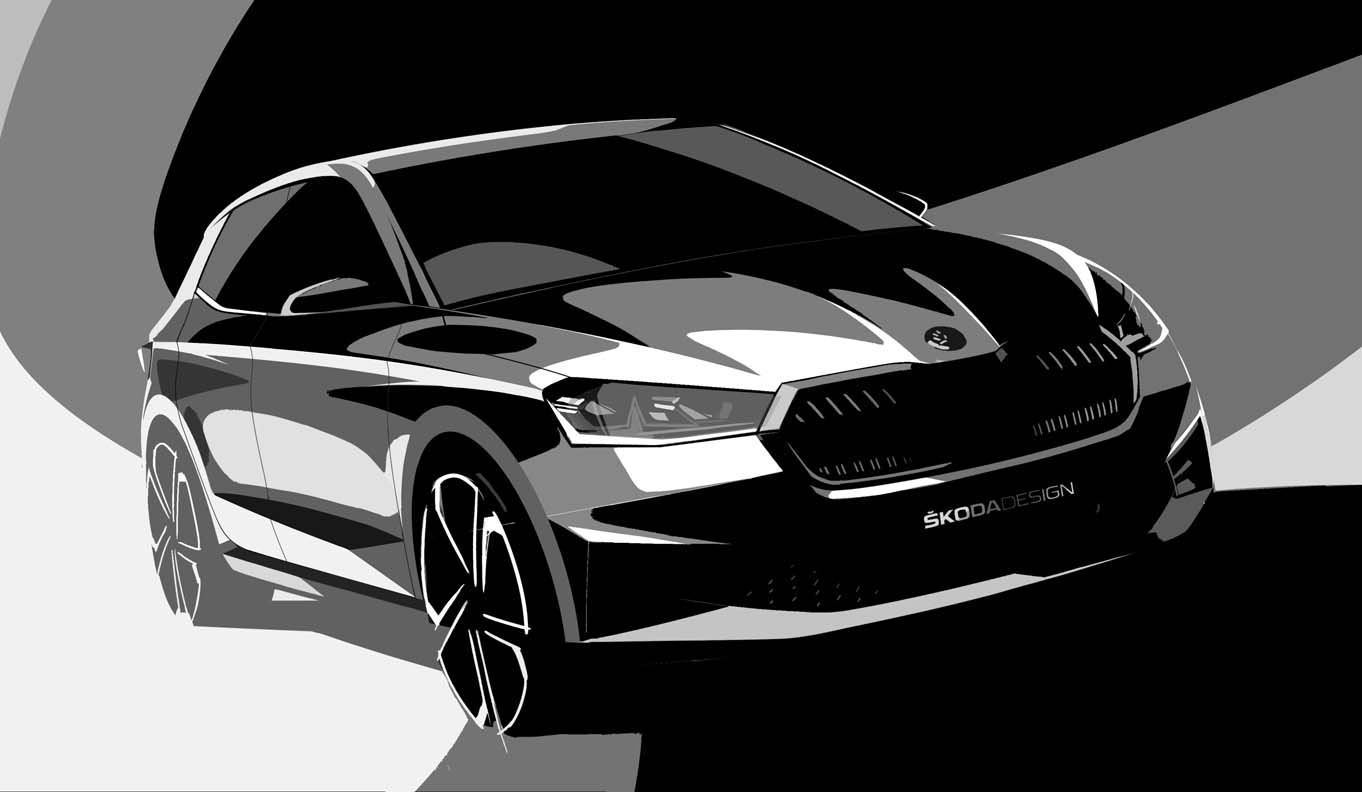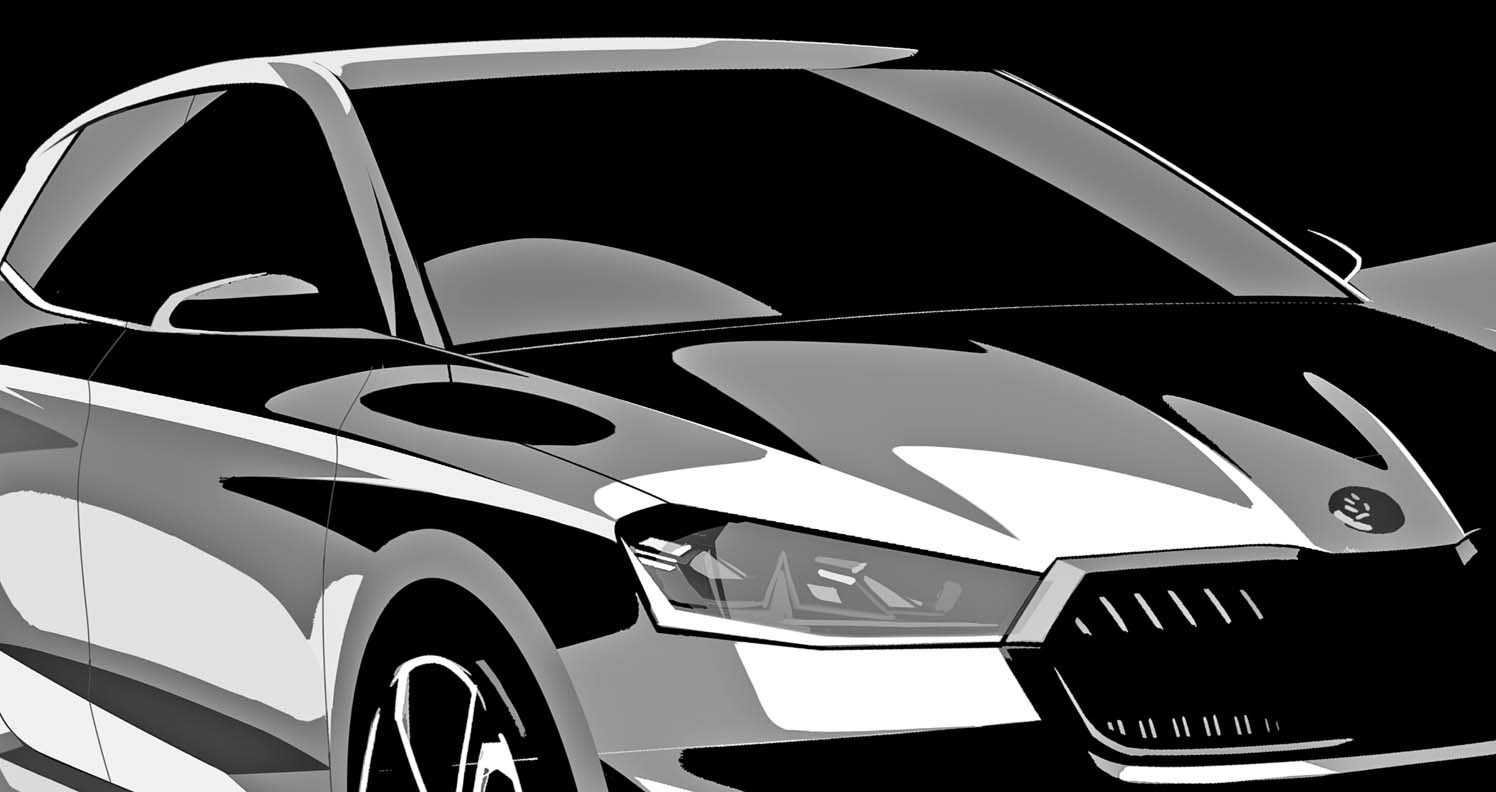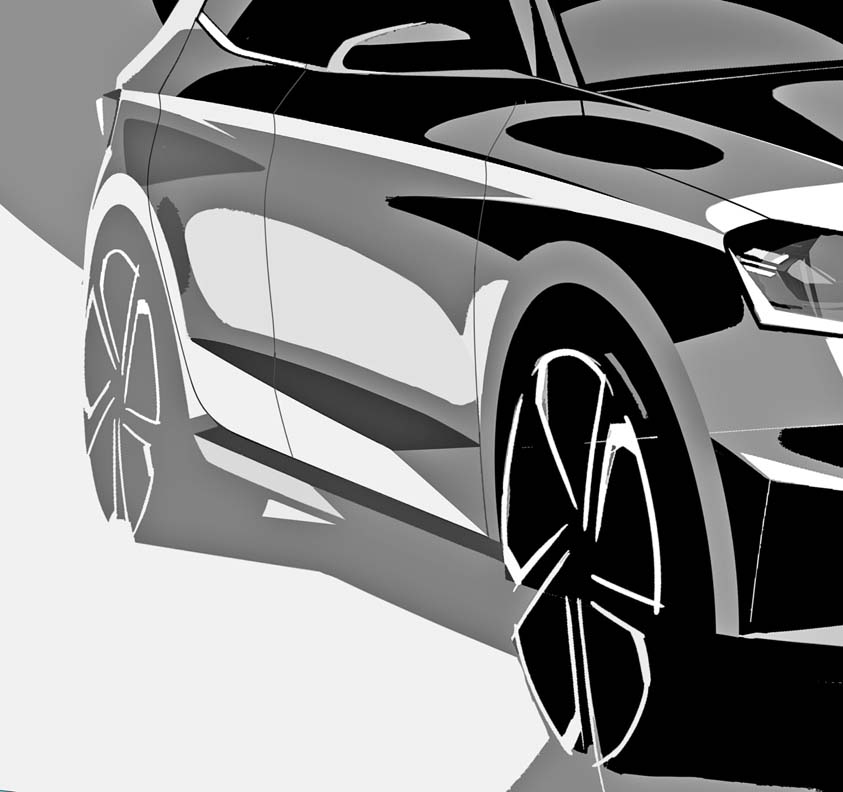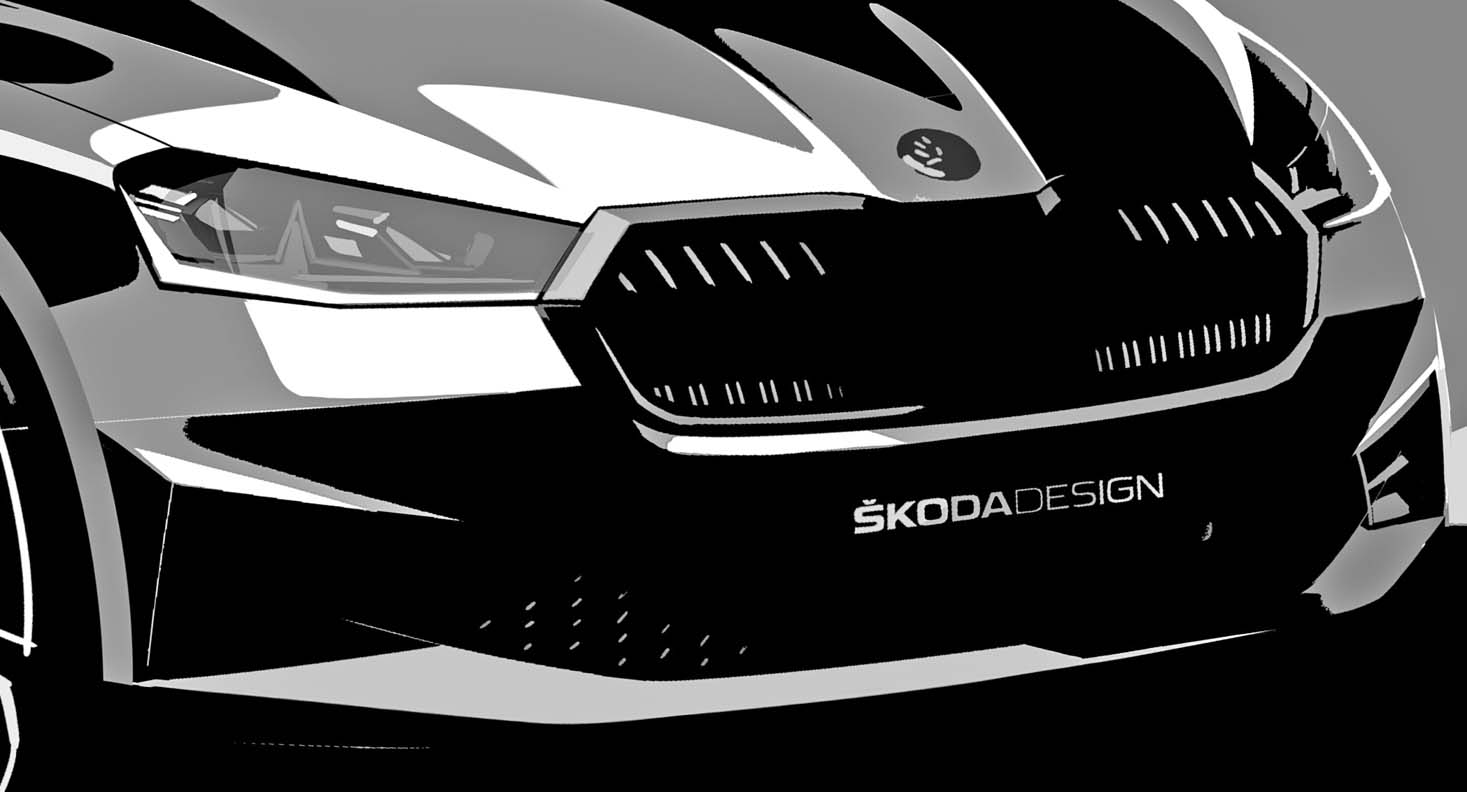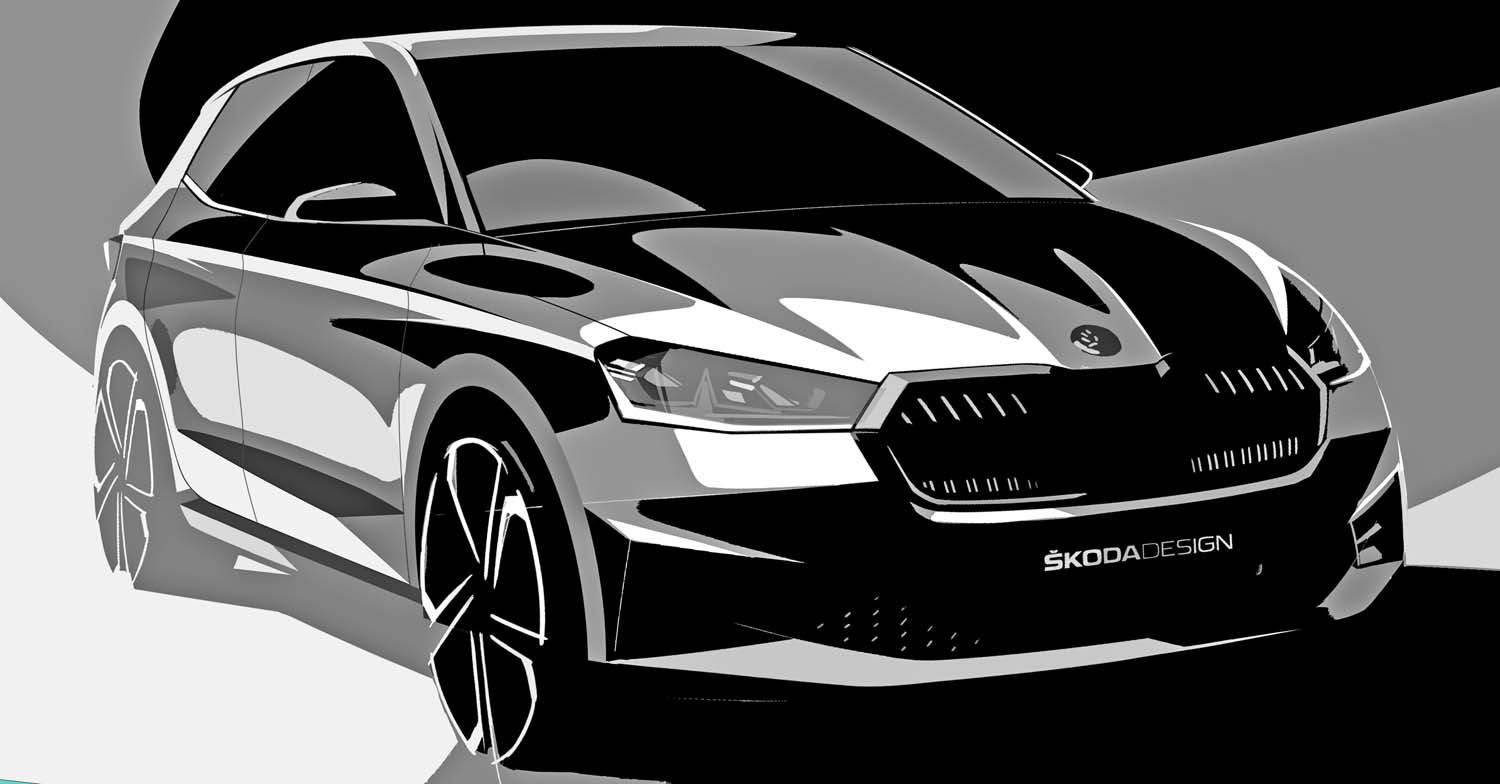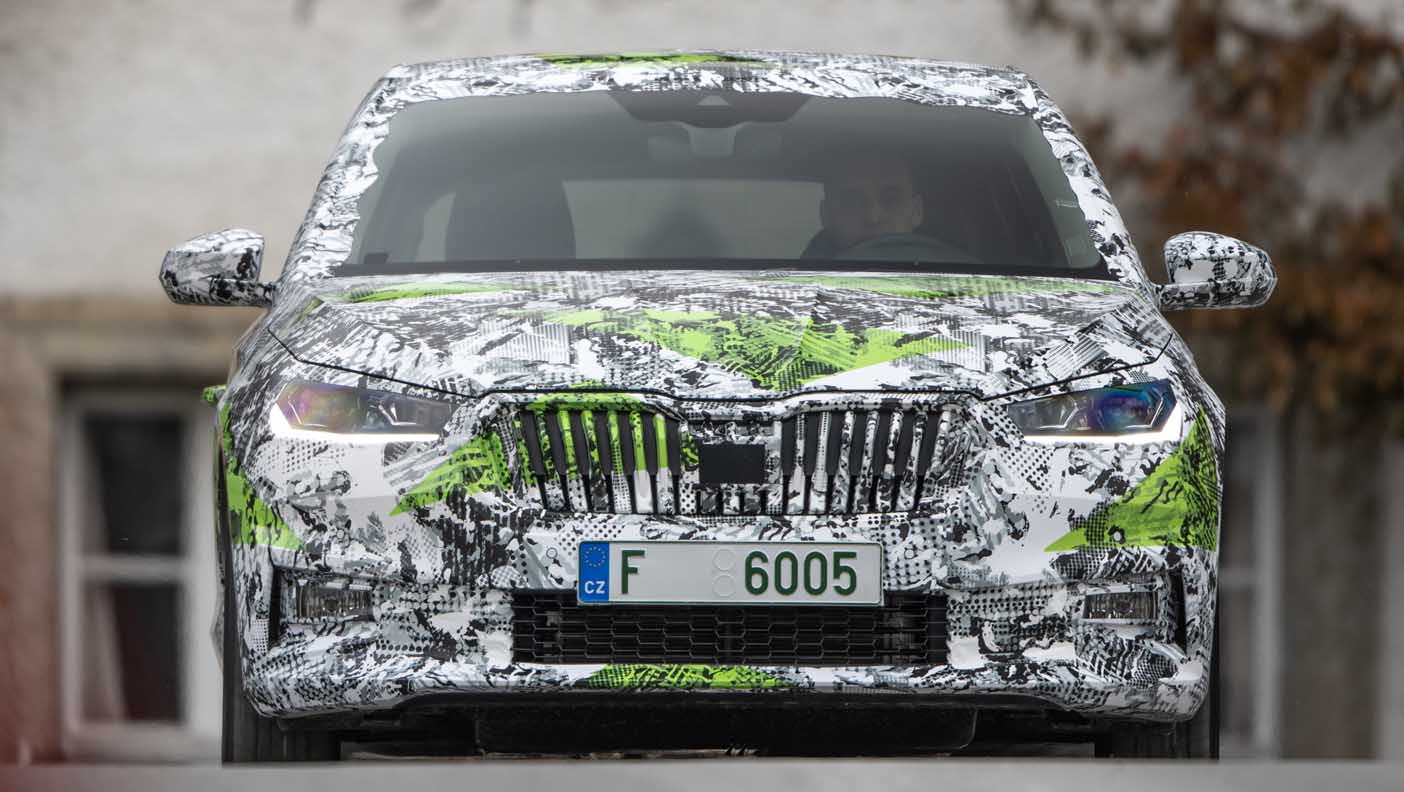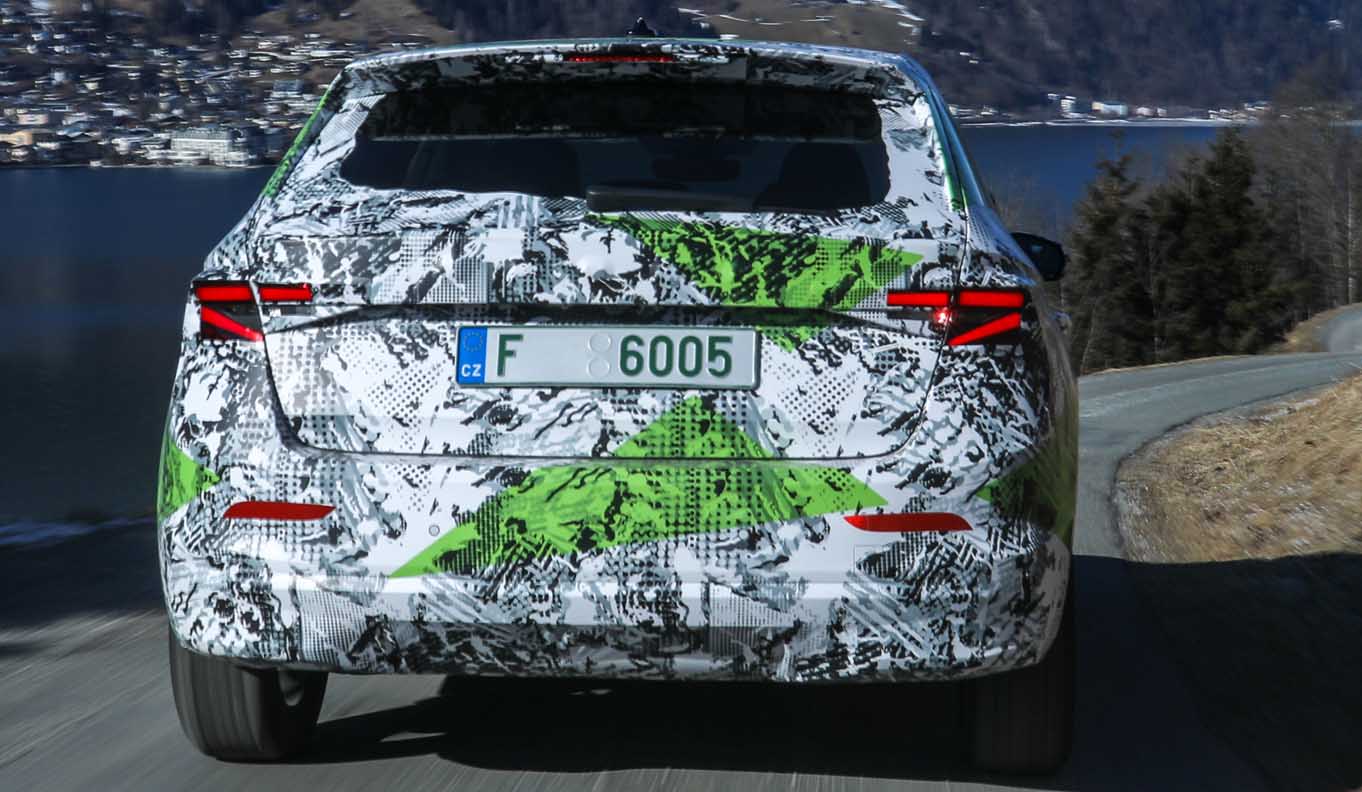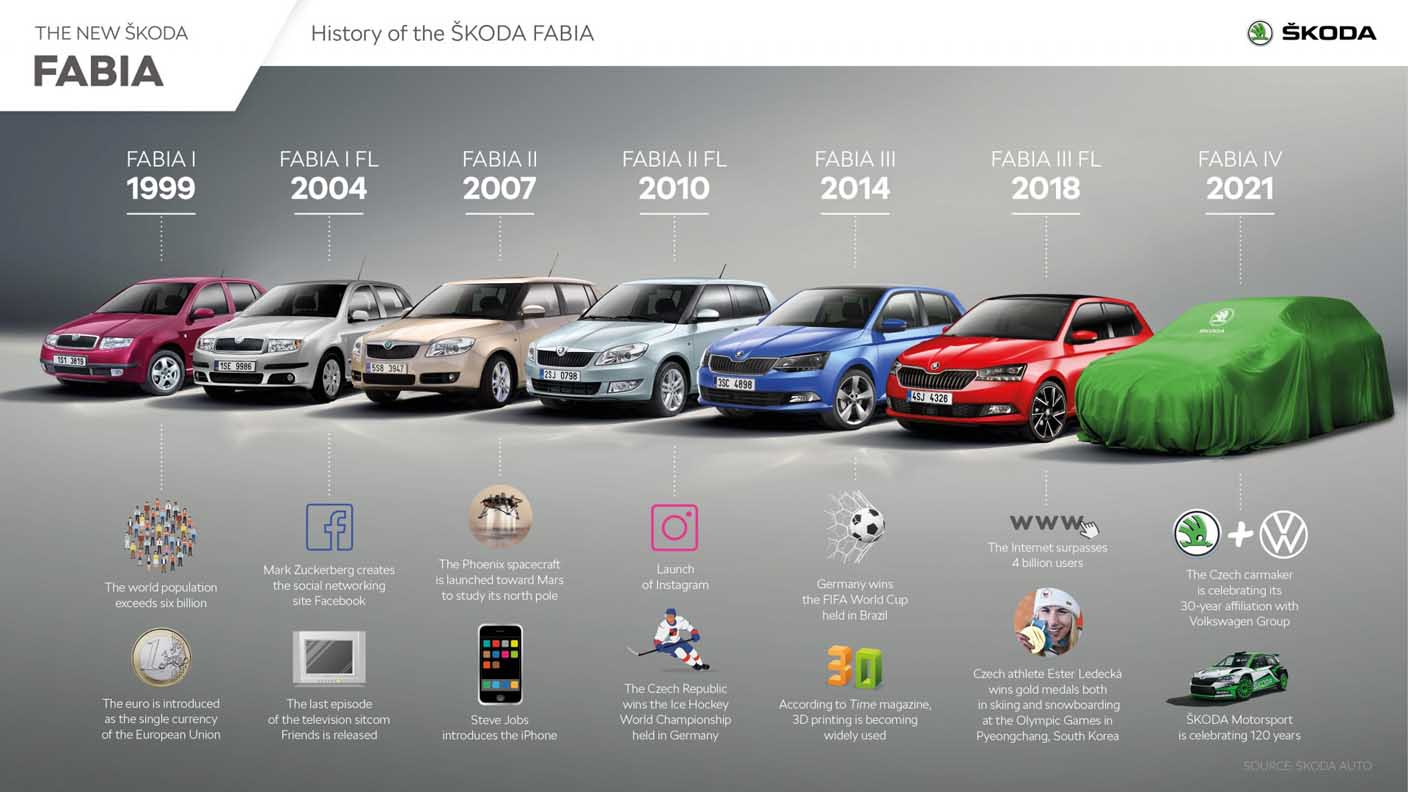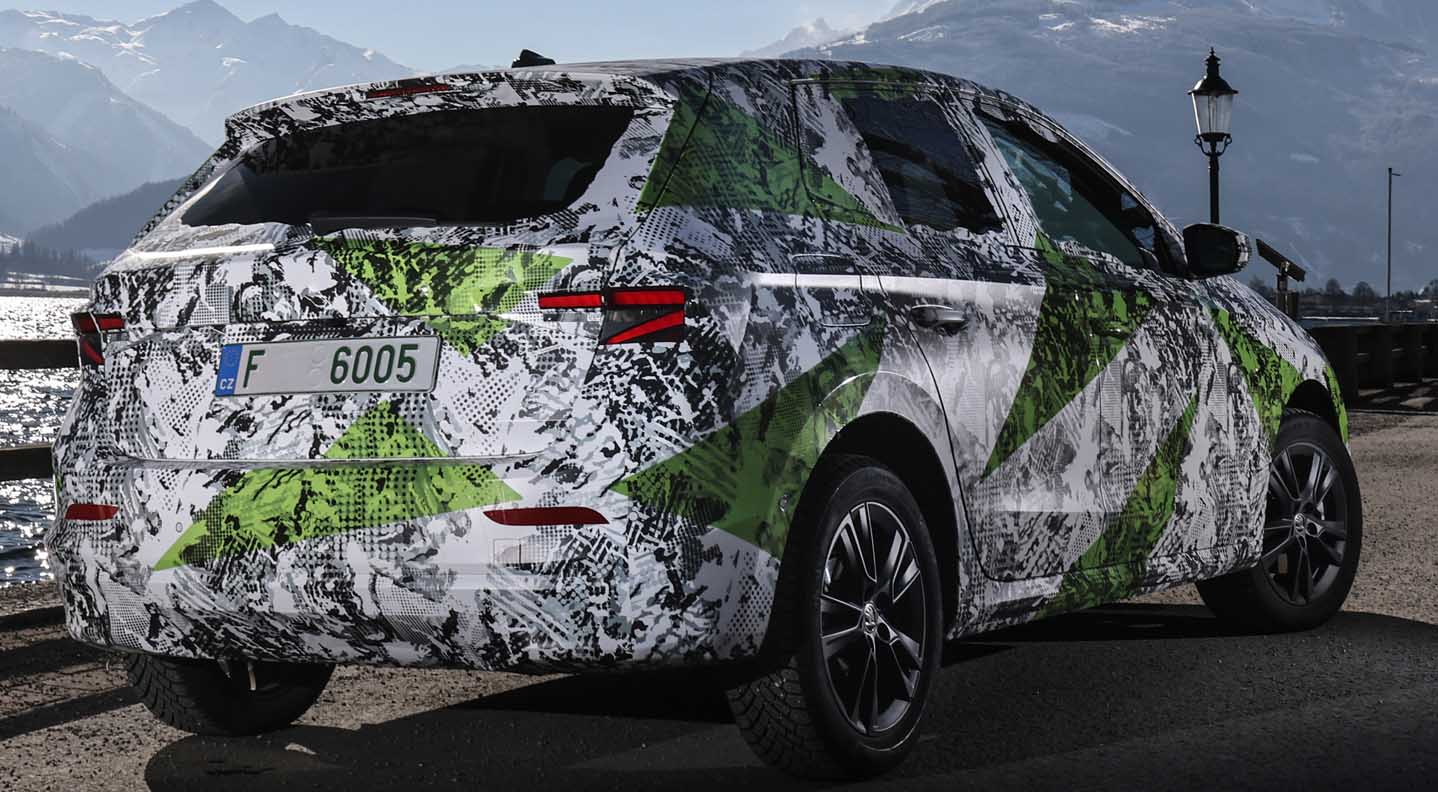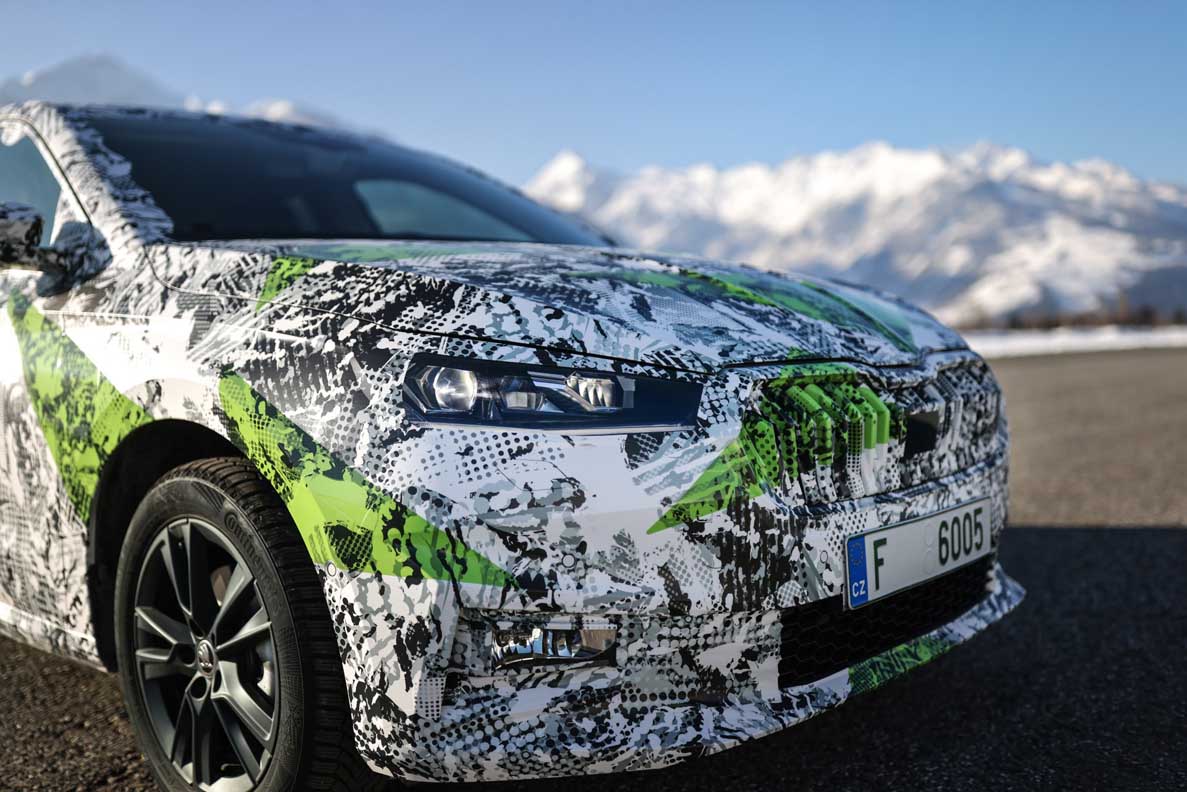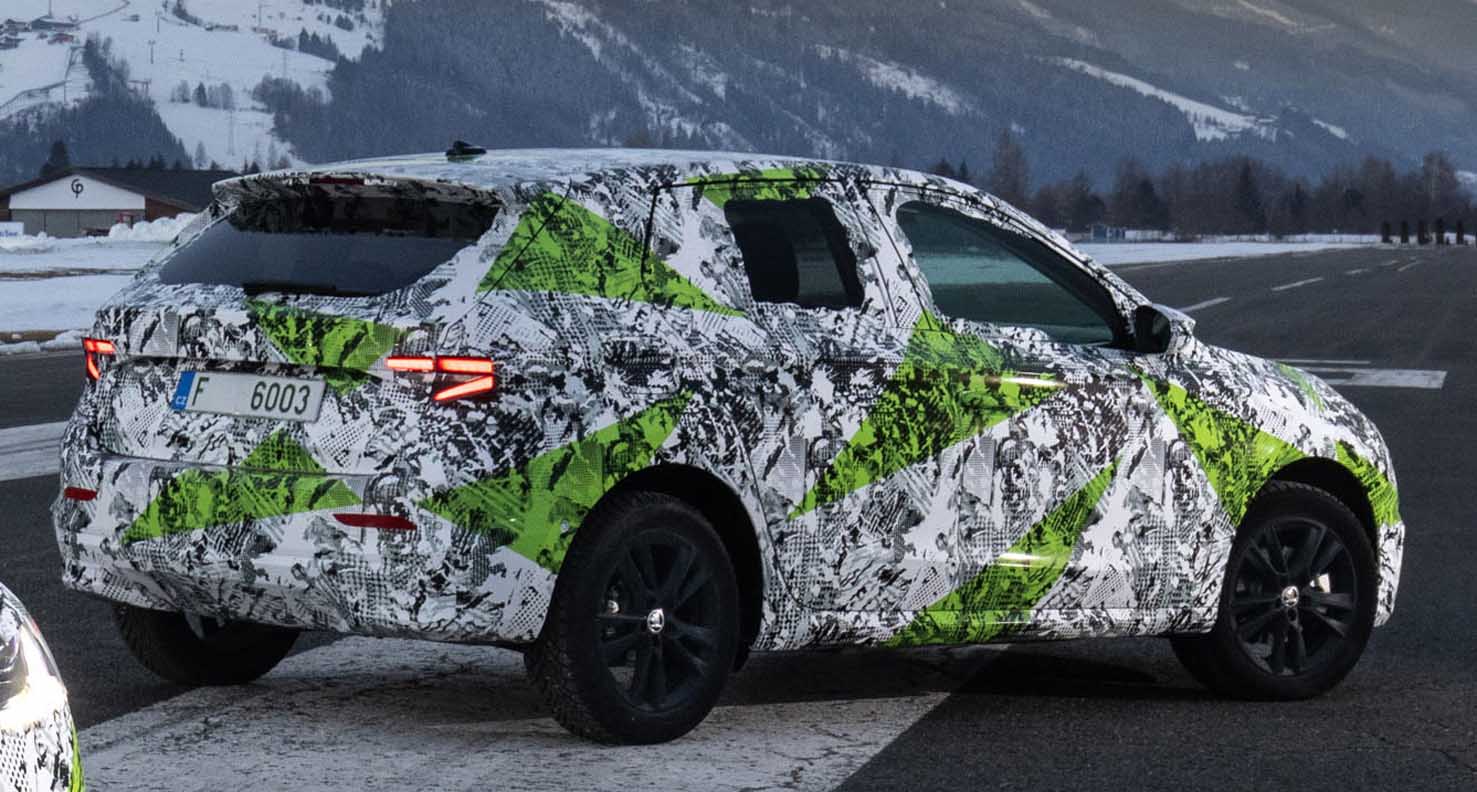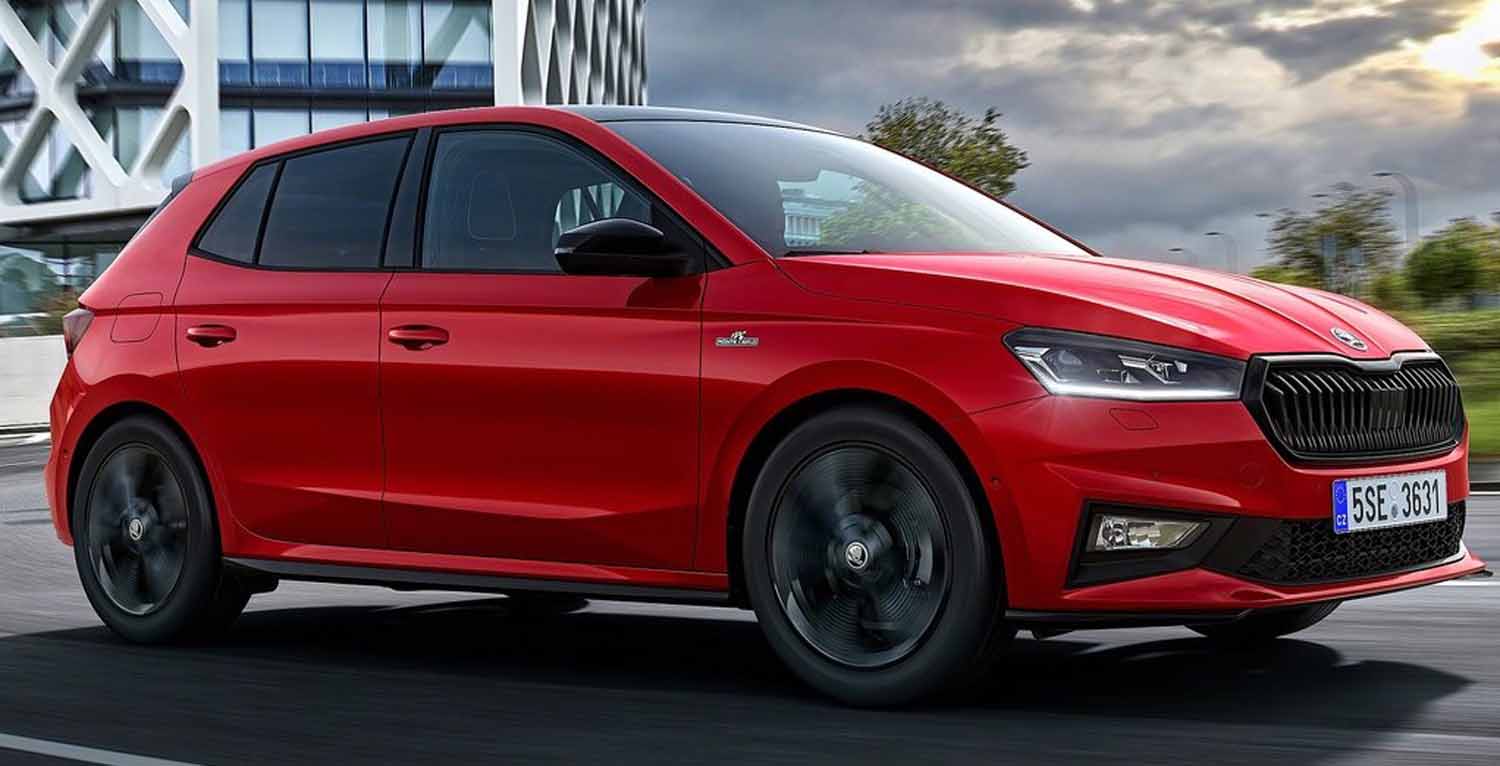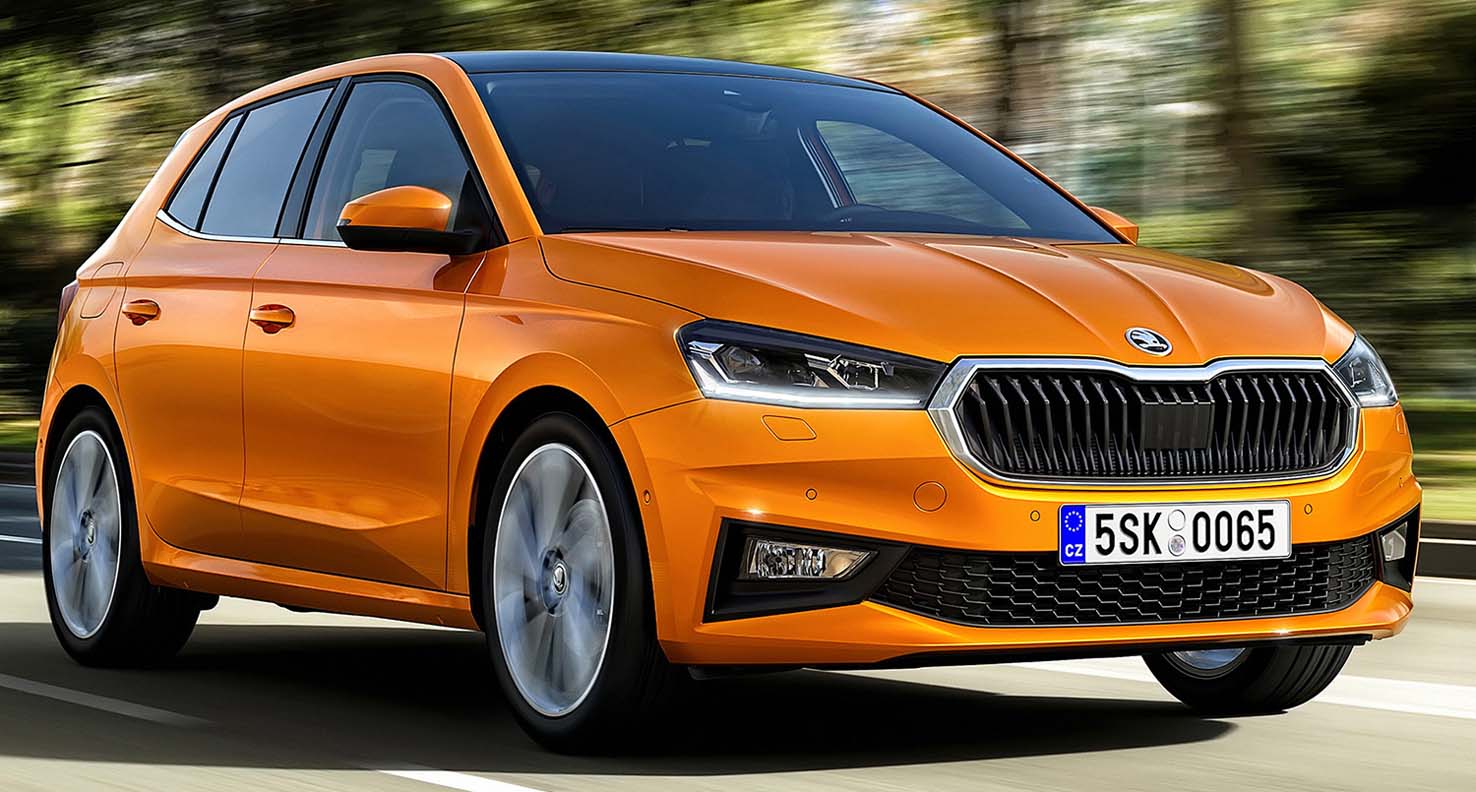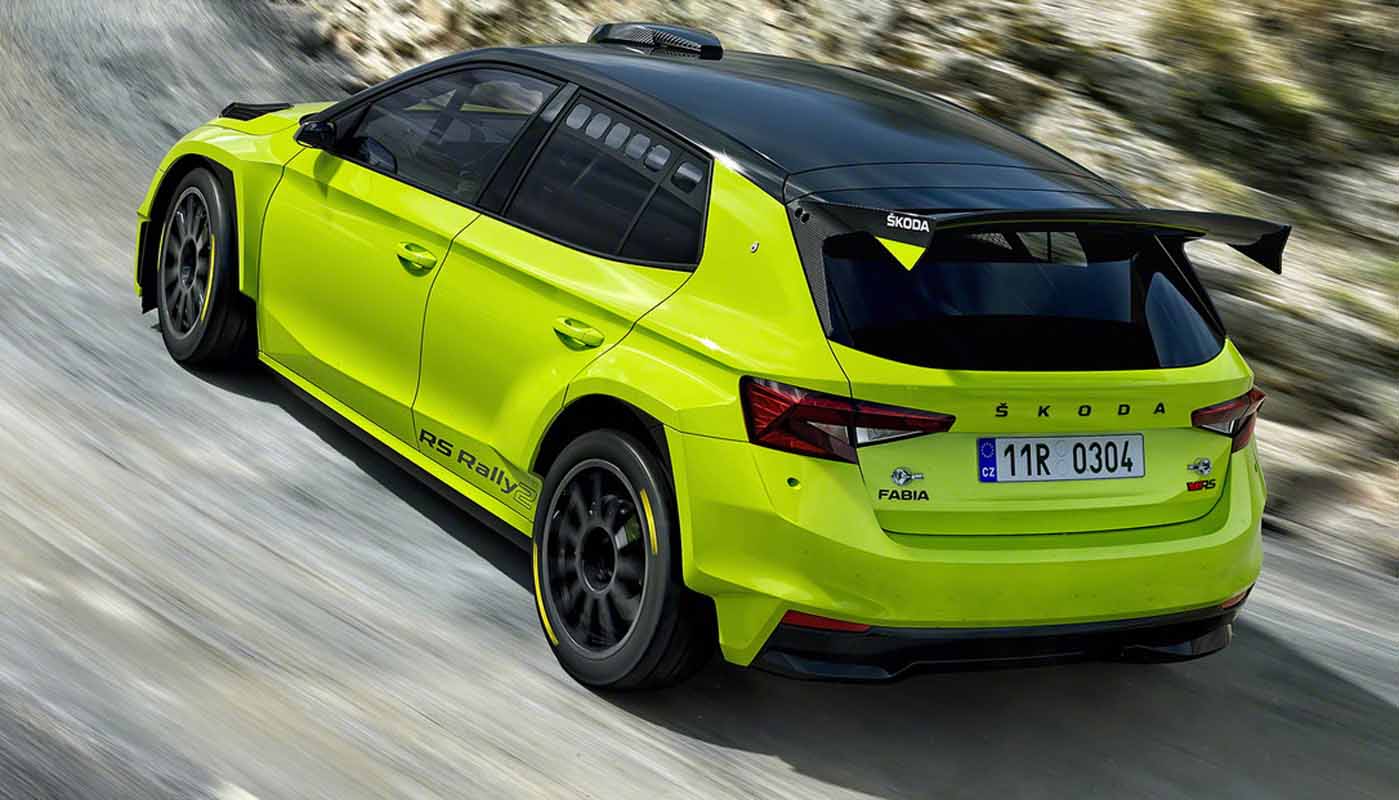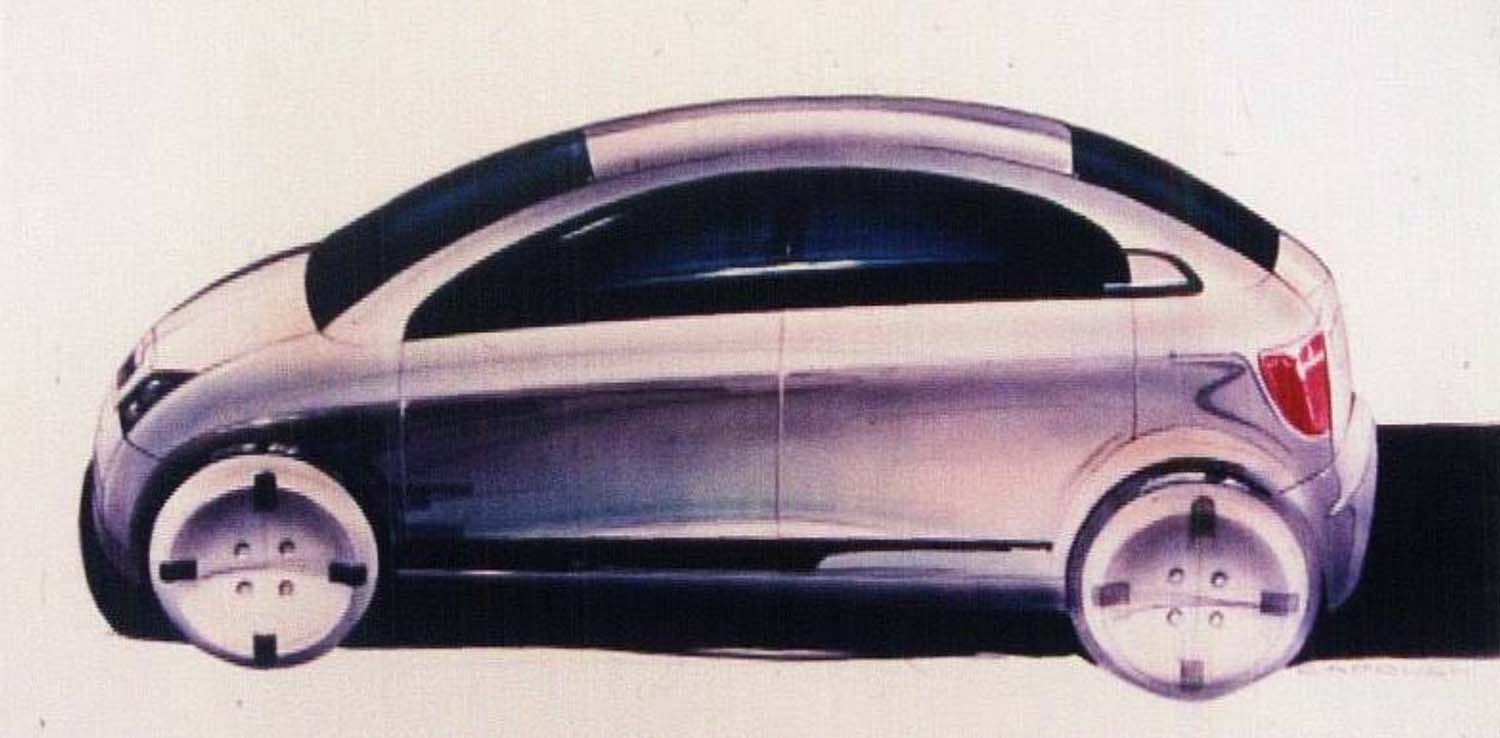
The new ŠKODA FABIA will have its world premiere tomorrow. Gradually revealing new design sketches, ŠKODA Storyboard offers a series of articles reminiscent of the three previous generations.
Designers shared their memories of creating the look of this popular ŠKODA model and showed us a number of unique sketches and photographs from the archives.
Scheduled to be introduced to the public tomorrow, the new ŠKODA FABIA builds on the three previous generations, each of which is, in a way, an imprint of its time. Launched in 1999, the very first FABIA was a tabula rasa product.
“We were given the key dimensions and a list technical requirements arising from the platform then in use, and our task was to draw a modern yet relatively conservative small car,” says Václav Capouch, Exterior Design Coordinator at that time, for ŠKODA Storyboard.
Three variants were created in parallel in the end, and the final design of the first FABIA came out of an in-house competition.
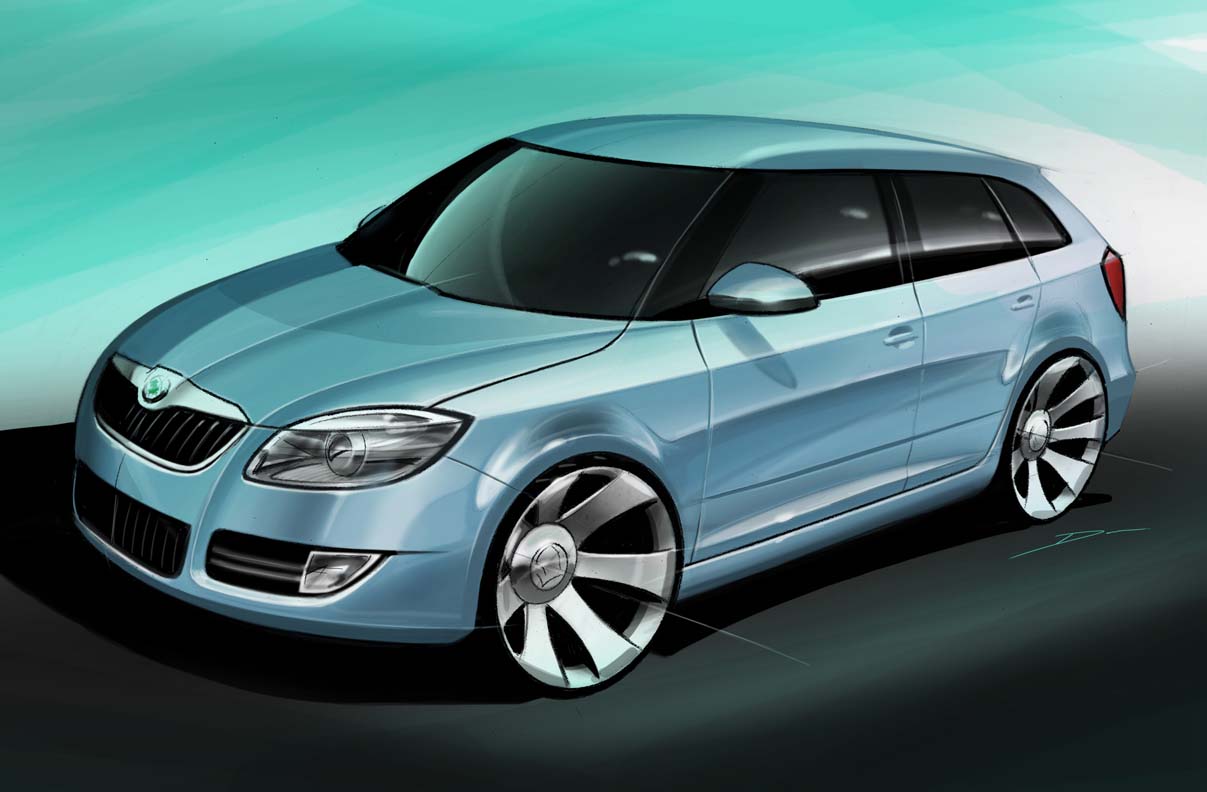
The successor product was launched in 2007: “I see the second generation of the FABIA as an imaginary bridge in terms of the brand´s design language of that time. Compared to today’s ŠKODA vehicles, the models preceding this generation are much rounder, softer, less crystalline and less sharp-cut. However, the second generation features sharper lines while keeping that rounded-surface architecture in place, “comments Jiří Hadaščok, currently Exterior Design Coordinator at ŠKODA AUTO.
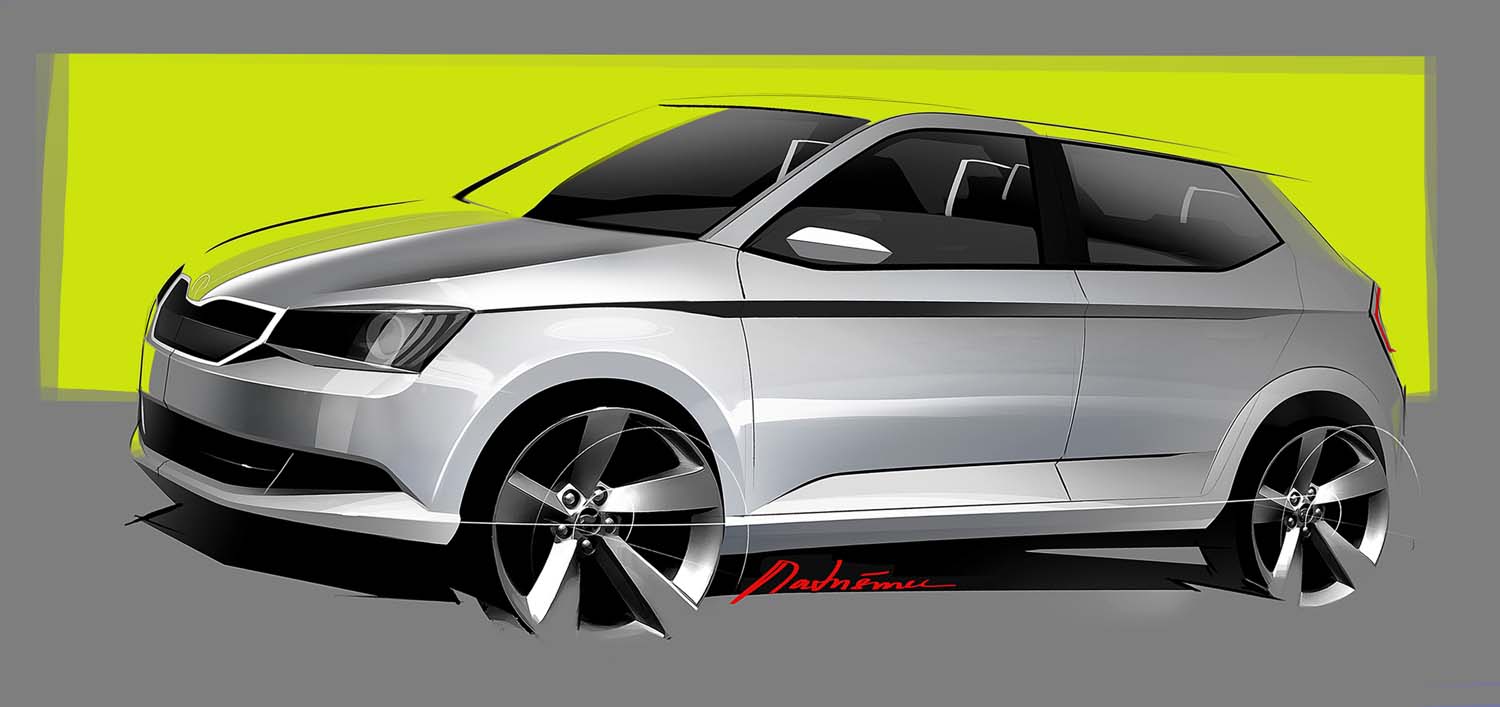
Featuring clean and clearly defined surfaces combined with cubist shapes, the ŠKODA FABIA III was launched in 2014.
One of the design elements that the FABIA received for its third-generation era is what designers called Wing Line, i.e. the sharp-lined side recess below the tornado line characteristic of today´s ŠKODA vehicles.
“This element helps to visually reduce the height of the car while making an impression that the car is actually wider,” says Petr Matušinec, Exterior Design Coordinator at ŠKODA AUTO, describing the significance of this detail.
